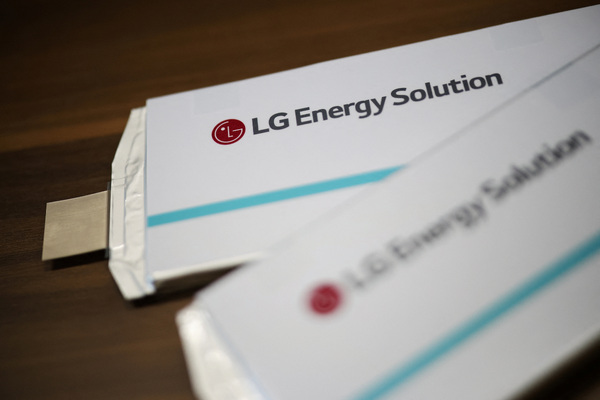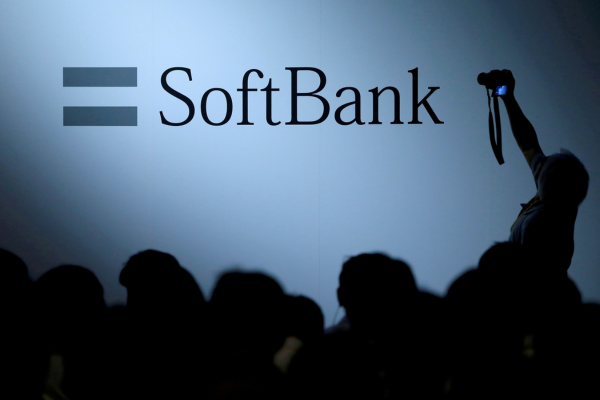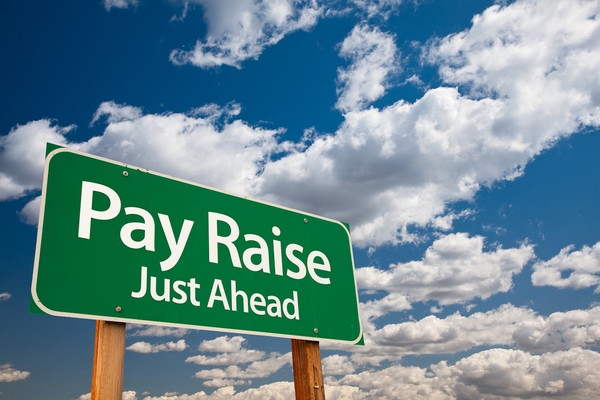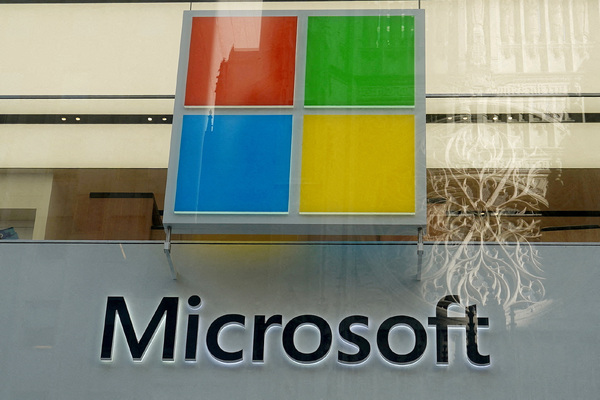FinTechTalk: Exploring the potential of alternative payments in your checkout
On 14 May 2024, FinTechTalk host Charles Orton-Jones was joined by Pierre Orban, CPO consultant; and Nadja Bennett, Strategic Accounts Director, TrueLayer.
The case for alternative payments
New payments can improve the customer experience, extend the range of mobile payment methods, enable integrated commerce systems and reduce costs. Currently, online retailers offer 3-4 payment methods on average to cater to their customers different preferences. Alternative methods include QR code, instant and open banking payments, and embedded payments as a complementary service.
By now, not all European markets are dominated by car payments – there is iDEAL, an account-to-account method in the Netherlands, TWINT in Switzerland, Swish in Sweden. However, the mobile wallet payment methods popular in the UK are in fact card based. There are also generational differences and situations where a mobile phone is close to hand and cards aren’t. It’s always the merchants who must drive adoption.
While e-commerce is global by nature, merchants can’t afford to ignore locally popular methods either. The EU, however, having understood the importance of standardisation, has launched the European Payments Initiative to create a pan-European payment solution.
Pay-by-bank – the payment method built on open banking
Open banking was developed to offer a “home-grown” alternative to US-based card rails. Although there are local solutions, the one that will be mandated by the EU will be built on open banking. In this situation, merchants are understandably confused about where to make their investments. At the moment, the UK is ahead of the EU in terms of open banking adoption and user experience.
Pay Pal has been around for ages, but their merchant fees are at almost 3% plus a transaction fee. But its appeal to merchants is that Pay Pal payments can generate new sales. A2A payments with QR codes have a great use case for professionals like doctors who can accept digital payments with their help without purchasing a terminal.
As users are spoilt for the easy-of-use, a payment system that requires more than two minutes to onboard may be too cumbersome for them to adopt. Consumers often don’t see the merits of open banking and it falls on merchants to nudge them in the right direction. It’s not necessary for consumers to understand how open banking works and the most widely used expressions they see at the checkout for this payment method is either “pay-by-bank” or instant bank payments, as references to their banks and seeing their banks’ logos reassure them. In some cases, instant payments overtake PayPal as consumers find out for themselves what its benefits are.
Introducing new payment methods can be relatively easy for small merchants when the payment service provider undertakes to add it to their system and all they need to do is activate it. For bigger merchants that have ownership of the whole value chain, integration can be more complicated. For small merchants, a pay-by-bank integration can take place in a day leveraging the plug-in that TrueLayer uses with Shopify, Magenta or Adobe commerce or through one of TrueLayer’s payment service partners, for example Stripe. Large merchants who like to stay more in control of their processes and build their own platforms integrate with TrueLayer through an API. Merchants don’t have much to do with regulation as TrueLayer is the regulated entity (by FCA in the UK). In terms of security, open banking has its advantages too, as it all happens via APIs without having to share log-in details or card data.
The panellists’ insights
- 87% of consumers want greater variety and better payment experiences.
- There should always be an element of consumer education with new alternative payment methods, and the merchants have some control over how they frame it, for example, highlighting the fact that customers can get their refunds immediately if they opt for instant payment rather than the card. This can also save costs for the merchant both directly and indirectly.
- TruLayer or other payment providers may become “the PayPals of instant payments.”
- For the Merchant Risk Council’s Global payment report, click here.
- For TrueLayer’s Payment Experience Playbook, here.

Business Reporter Team
Most Viewed
Winston House, 3rd Floor, Units 306-309, 2-4 Dollis Park, London, N3 1HF
23-29 Hendon Lane, London, N3 1RT
020 8349 4363
© 2025, Lyonsdown Limited. Business Reporter® is a registered trademark of Lyonsdown Ltd. VAT registration number: 830519543





